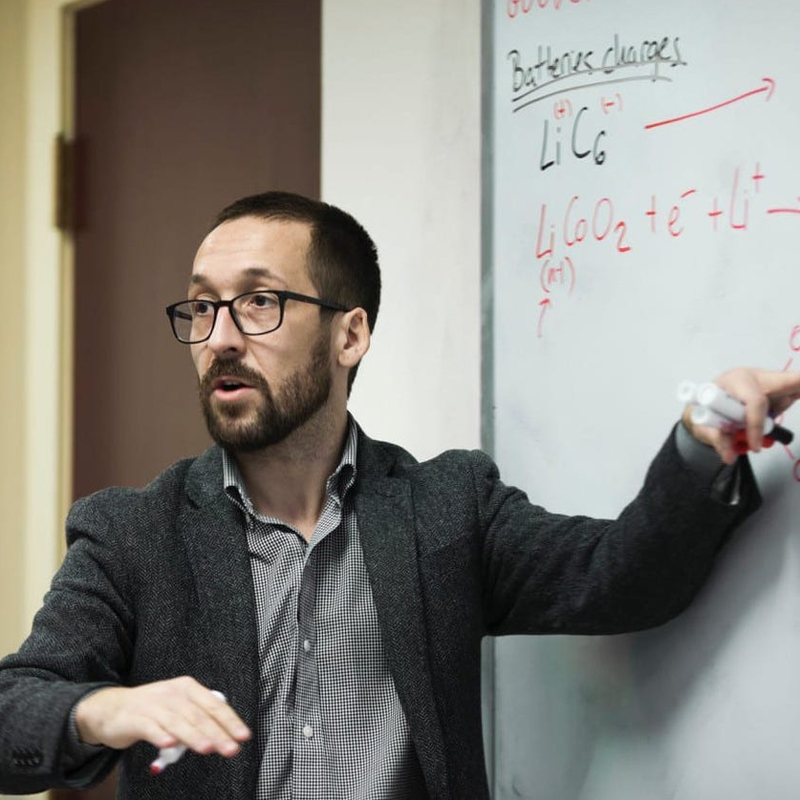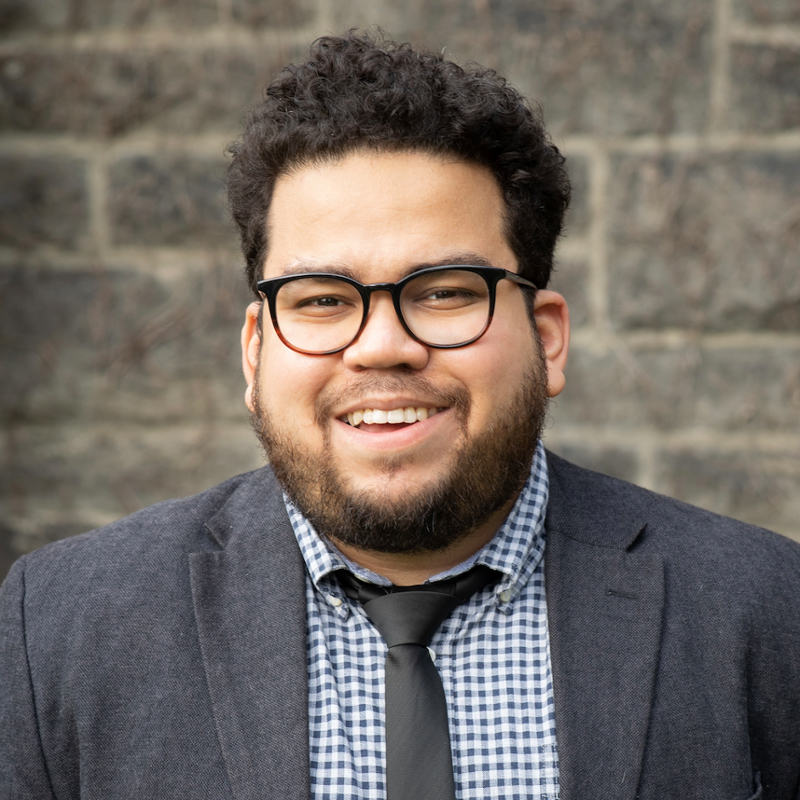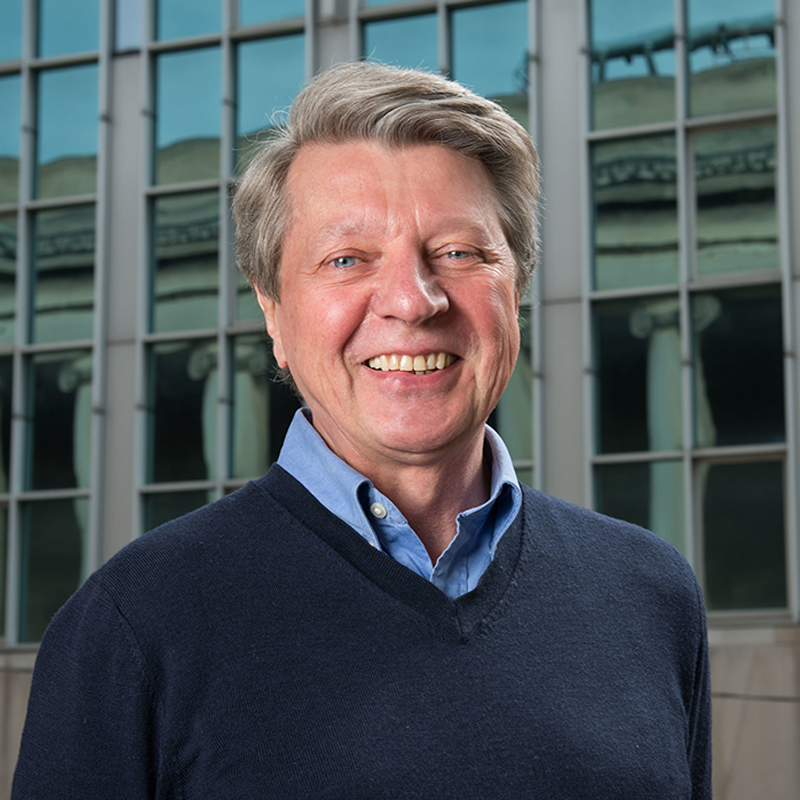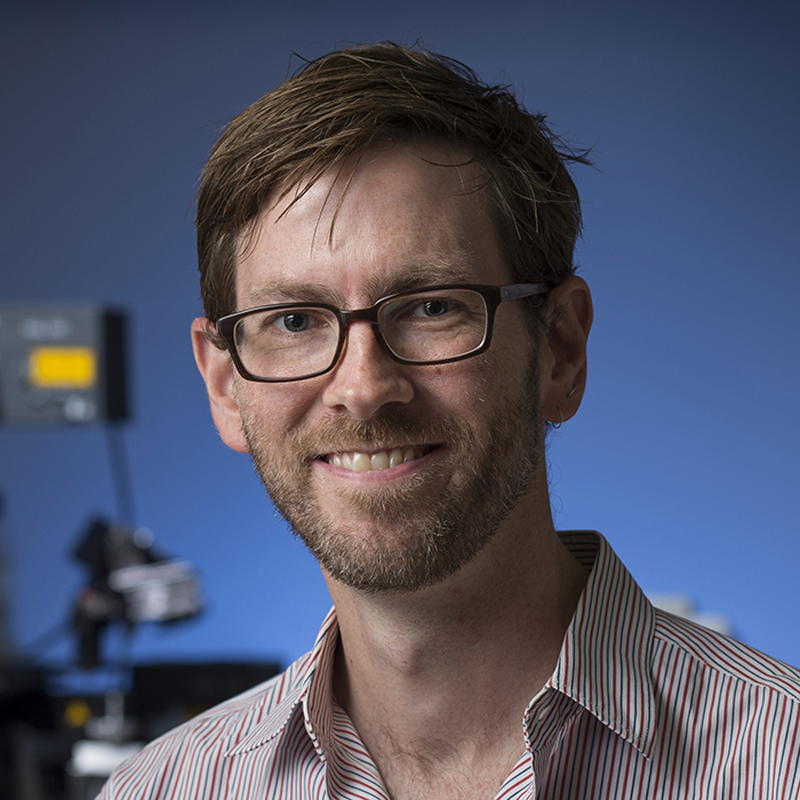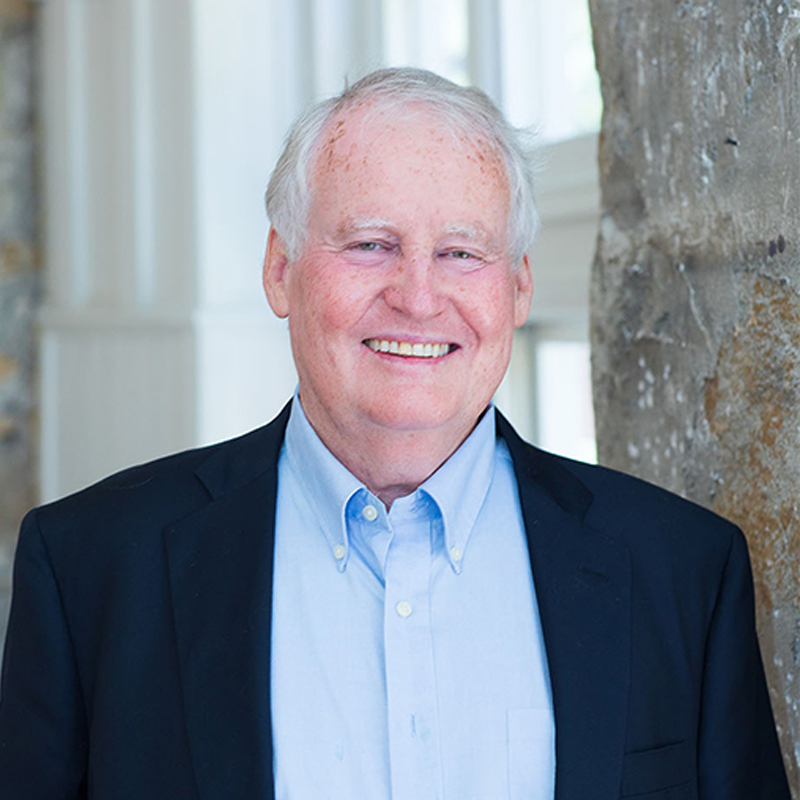Faculty Notes
Introducing Isaac Garcia-Bosch And Gabriel Gomes
Isaac Garcia-Bosch joined Carnegie Mellon University’s Department of Chemistry as associate professor last fall. Garcia-Bosch obtained a bachelor’s of science degree in chemistry in 2006 and a Ph.D. with Miquel Costas and Xavi Ribas in 2011 at the University of Girona. He then moved to The Johns Hopkins University as a Marie Curie IOF Postdoctoral Fellow to work with Kenneth D. Karlin.
In 2015, he joined the faculty of the Department of Chemistry at Southern Methodist University as Harold A. Jeskey Endowed Chair in Chemistry – Assistant Professor.
Garcia-Bosch’s research takes inspiration from metalloenzymes to develop 3D metal complexes that catalyze organic transformations under environmentally benign conditions using cheap reagents such as Cu, and green oxidants such as O2 or H2O2.
His lab is funded by the NIH to study the reaction pathways by which Cu/O2 intermediates perform selective C-H hydroxylation reactions. They are also funded by the NSF to develop Cu complexes bearing redox-active ligands with tunable H-bonding donors that catalyze bioinspired dehydrogenation and C-H functionalization reactions. ■
Gabriel Gomes joined Carnegie Mellon in January as an assistant professor in a joint appointment with the Department of Chemistry and Department of Chemical Engineering. Gomes received his bachelor’s of science degree in chemistry from Federal University of Rio de Janeiro, Brazil, under supervision of Pierre Mothè Esteves, in 2013. His research at that university was focused on theoretical studies of electrophilic aromatic nitration via single electron transfer and a final project on the development of methane clathrates inhibitors. He also spent a year at the University of Lisbon, Portugal, in an academic exchange researching reduced graphene oxides, with Maria José Lourenço.
He earned his Ph.D. in Fall 2018 from Florida State University, under the guidance of Igor V. Alabugin, where he also was awarded the LASER Fellowship in 2014 and the 2016-2017 IBM Ph.D. Scholarship. At FSU, Gomes’ research was centered on the relationship between molecular structure and reactivity, focusing on the development and applications of stereoelectronic effects.
In 2019, Gomes joined the University of Toronto as a postdoctoral research fellow in the Matter Lab, led by Alán Aspuru-Guzik. In 2020, he was awarded the prestigious NSERC Banting Postdoctoral Fellowship with the project “Designing Catalysts with Artificial Intelligence,” and has been featured on the “Next Great Impossible” series by Merck/Milipore-Sigma. Gomes joined the Journal of Chemical Information and Modeling as an Early Career Board member in 2021.
The Gomes group at CMU will be the interface between machine learning, organic chemistry, and robotic synthesis, with aims to develop new platforms for reaction discovery with emphasis on catalysis. Gomes’ goal is to establish a program focused on developing new chemical reactions, pioneering research and training the next generation of chemists and chemical engineers. ■
Matyjaszewski Honored With Two Major Awards
Carnegie Mellon University chemist Krzysztof Matyjaszewski has received two major awards recognizing his contributions to the field of polymer chemistry — the 2020 William H. Nichols Medal and the 2020 Paul J. Flory Polymer Education Award.
The William H. Nichols Medal, recognizing “outstanding contributions in the field of chemistry,” has been presented by the New York Local Section of the American Chemical Society (ACS) since 1903. The first award authorized by the ACS, it is named for chemist, businessman and ACS co-founder William H. Nichols.
The New York Local Section hosted a symposium in Matyjaszewski’s honor, with his peers and protégés giving presentations on their work in chemistry. The event culminated in a lecture and speech from Matyjaszewski.
The Paul J. Flory Polymer Education Award has been presented by ACS’ Division of Polymer Chemistry every two years since 1981 to recognize “outstanding achievements by an individual in promoting undergraduate or graduate polymer education.” The award is named for the chemist Paul Flory, who won the 1974 Nobel Prize in Chemistry for his work related to the physical chemistry of polymers. From 1957 to 1961, Flory served as executive director of research at the Mellon Institute of Industrial Research, which later merged with the Carnegie Institute of Technology to form Carnegie Mellon.
Matyjaszewski is world-renowned for discovering atom transfer radical polymerization (ATRP), a polymer synthesis process that revolutionized the creation of macromolecules. Through ATRP, monomers can be linked together piece-by-piece to create polymer chains, allowing the precise creation of highly specialized materials.
Since his 1995 discovery of ATRP, Matyjaszewski has worked to improve and promote the technique to industry and academia and has overseen the extension of its use to create “smart” materials with applications in the fields of medicine, construction, energy and more. Matyjaszewski also has been a mentor and educator to more than 200 undergraduate and graduate chemistry students since joining the faculty of Carnegie Mellon in 1985.
Matyjaszewski’s numerous awards and honors include membership in the National Academy of Sciences, the National Academy of Engineering, the Russian, Australian and Polish Academies of Sciences, the 2017 Benjamin Franklin Medal in Chemistry, the 2013 AkzoNobel North American Science Award and the 2011 Wolf Prize in Chemistry. ■
Bruchez Named National Academy Of Inventors Fellow
Marcel Bruchez, professor in the Departments of Biological Sciences and Chemistry and director of the Molecular Biosensor and Imaging Center at Carnegie Mellon University’s Mellon College of Science, has been elected a fellow of the National Academy of Inventors.
The NAI Fellows Program highlights academic inventors who have demonstrated a spirit of innovation in creating or facilitating outstanding inventions that have made a tangible impact on quality of life, economic development and the welfare of society. Election to NAI Fellow is the highest professional distinction accorded solely to academic inventors. To date, NAI Fellows hold more than 48,000 issued U.S. patents, which have generated over 13,000 licensed technologies and companies, and created more than one million jobs. In addition, over $3 trillion in revenue has been generated based on NAI Fellow discoveries.
Bruchez is well known for inventing a suite of nanotechnology tools, which include fluorescent dyes, probes and optical tools, that allow for the dynamic imaging of living cells at the molecular level. The tools developed by Bruchez have allowed researchers worldwide to investigate how cells and proteins change and interact in vivo and in real time.
Bruchez is the founder and chief technology officer of Sharp Therapeutics (formerly Sharp Edge Labs), which provides technologies for the discovery of small molecules that can restore activity of disease-mutant proteins and can be used to develop new treatments for genetic disease. In 1998, he co-founded Quantum Dot, to market modified quantum dot technology for biological applications. The technology was based on Bruchez’s graduate work at the University of California, Berkeley.
Bruchez holds 34 U.S. patents and has three U.S. patents pending.
The 2021 Fellow class hails from 116 research universities and governmental and nonprofit research institutes worldwide. They collectively hold over 4,800 issued U.S. patents. Among the new class of Fellows are 33 members of the National Academies of Sciences, Engineering, and Medicine, and three Nobel Laureates, as well as other honors and distinctions. Their collective body of research and entrepreneurship covers a broad range of scientific disciplines involved with technology transfer of their inventions for the benefit of society.
This year’s class also reflects NAI’s dedicated efforts to promote diversity and inclusion in its membership, with the addition of three outstanding academic female black inventors. The 2021 new Fellows were inducted at the Fellows Induction Ceremony at the 11th Annual Meeting of the National Academy of Inventors in Phoenix, Arizona. ■
Shortly before publication, Marcel Bruchez sadly passed away following a four-year battle with glioblastoma.
Sudoc Named Startup To Watch By Chemical & Engineering News
Sudoc, a startup co-founded by Carnegie Mellon University chemists Terrence J. Collins and Ryan C. Sullivan, was named one of 10 Startups to watch by Chemical & Engineering News (C&EN). Sudoc is developing and commercializing TAML catalysts, a bioinspired environmentally friendly molecule that outperforms toxic chemicals in a wide range of applications and can be used to remove pollutants from the natural and built environment.
Collins, the Teresa Heinz Professor of Green Chemistry and director of the Institute for Green Science (IGS) at Carnegie Mellon, invented TAMLs and has been developing them for environmentally safe and efficient use over the last three decades. This career-spanning work has created a family of catalysts with the remarkable oxidation capabilities needed to remove harmful chemicals from the environment and disappear with no harmful impact once their work is done.
“It is an honor that Sudoc has been chosen to be part of this impressive list of companies, which are working to address pressing global issues by leveraging chemistry as a solution,” said Collins. “Given an ever-expanding number of chemicals in use today — over 300,000 — we are thrilled to share how TAML catalysts, by replicating and out-performing enzymes, yield faster and dramatically more active processes that have game-changing possibilities. It is critical for the health of the planet that we lessen the chemical burden that we are placing on all living beings, and I believe that Sudoc is aligned to a better and more sustainable future.”
Carnegie Mellon announced that they entered into a licensing agreement with Sudoc, LLC to market TAML catalysts in March 2021. The company’s first range of products will be DotTM (Dilute Oxygenation Technology), products that target difficult cleaning problems. The first product will help restoration and remediation companies clean mold stains. TAML catalysts used in the product offer a faster and more sustainable way to remove the stains, while using less chemical content than traditional methods.
“We are thrilled that C&EN has recognized the huge potential in our sustainable oxidation catalysts, TAMLs. There are many needs for oxidation — for cleaning, water treatment and the removal of recalcitrant toxic chemicals. But meeting those needs is often limited by the speed and strength of the oxidation achieved and how much oxidant is needed,” explained Sullivan, professor of chemistry and mechanical engineering and associate director of IGS. “Sudoc’s technology makes any oxidation faster and requires less oxidant to achieve great performance, while avoiding making the toxic byproducts that plague most oxidation chemistry. The possible applications of TAMLs that Sudoc is bringing to the world to address tough global problems are really limitless, achieved through truly sustainable chemistry with a high degree of environmental and health protection.”
Sudoc is also developing TAML catalysts for use in industrial water treatment systems. The catalysts have shown promise in removing persistent pollutants that often escape water treatment, including endocrine-disrupting pharmaceuticals.
“It is critical we change the way we use chemicals. Shanna Swan’s recently released book Countdown has reinforced the research that shows male fertility declining by 50% over the last 50 years. This trend extends to our future at an alarming rate. Endocrine-disrupting chemicals are central to this decline in fertility. Sudoc can fundamentally change the way we use chemicals. The problem is so big that it demands a response equal to the challenge,” said John Peterson Myers, Sudoc co-founder and adjunct professor of chemistry at Carnegie Mellon.
In addition to Collins, Myers and Sullivan, Sudoc’s co-founders include CEO Roger Berry, Andrea Larson, Henry Lewis and Hunter Lewis. The company was formed in 2020 with operations in Cambridge, Massachusetts; Charlottesville, Virginia; and Pittsburgh. To guarantee its commitment to the public good, Sudoc’s largest shareholder is a pair of trusts that will over time fund research into the problem of endocrine-disrupting chemicals — toxic chemicals that disrupt the hormone systems of living beings, reducing human fertility, inducing diseases and adversely affecting behavior. ■

